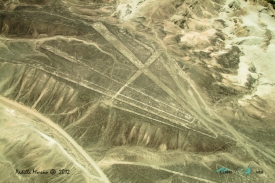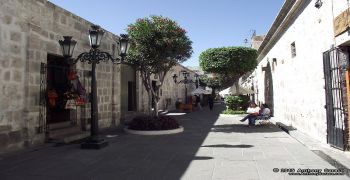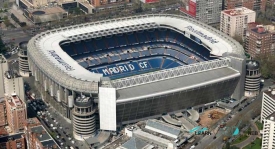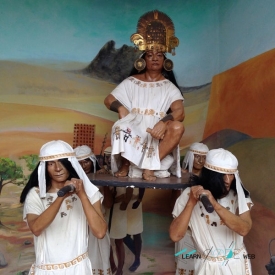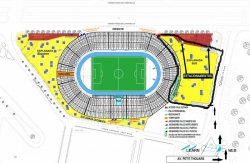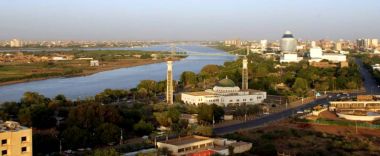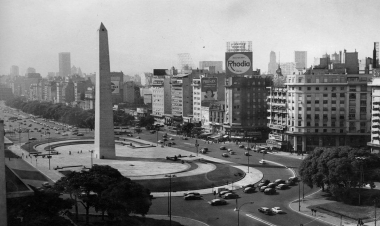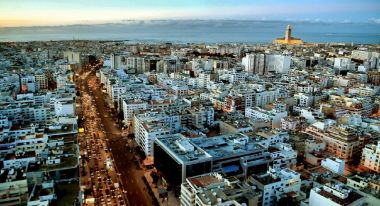ABOUT Bonampak
Bonampak (known anciently as Ak'e or, in its immediate area as Usiij Witz, 'Vulture Hill') is an ancient Maya archaeological site in the Mexican state of Chiapas. The site is approximately 30 km (19 mi) south of the larger site of Yaxchilan, under which Bonampak was a dependency, and the border with Guatemala. While the site is not overly impressive in terms of spatial or architectural size (American archaeologist, epigrapher, and Mayanist scholar Sylvanus Morley once stated that Bonampak was fourth-rate in terms of size and political importance), it is well known for the murals located within the three roomed Structure 1 (The Temple of the Murals). The construction of the site's structures dates to the Late Classic period (c. AD 580 to 800). In addition to being among the best-preserved Maya murals, the Bonampak murals are noteworthy for debunking early assumptions that the Maya were a peaceful culture of mystics (a position long-held and argued for by the well-known early Mesoamerican archaeologist, ethnohistorian and epigrapher from the Carnegie Institute of Washington, Sir John Eric Sidney Thompson), as the murals clearly depict war and human sacrifice.
The site, lying close to a tributary of the Usumacinta River, was first seen by non-Mayans in 1946. Precisely who was first is a matter of speculation, but it was either two American travelers, Herman Charles (Carlos) Frey and John Bourne, or photographer/explorer Giles Healey. The Americans were led to the ruins by the local Lacandon Maya who still visited the site to pray in the ancient temples. Giles Healey was the first to be shown the huge paintings covering the walls of one of the structure's three rooms. The paintings show the story of a single battle and its victorious outcome.
The site, lying close to a tributary of the Usumacinta River, was first seen by non-Mayans in 1946. Precisely who was first is a matter of speculation, but it was either two American travelers, Herman Charles (Carlos) Frey and John Bourne, or photographer/explorer Giles Healey. The Americans were led to the ruins by the local Lacandon Maya who still visited the site to pray in the ancient temples. Giles Healey was the first to be shown the huge paintings covering the walls of one of the structure's three rooms. The paintings show the story of a single battle and its victorious outcome.



